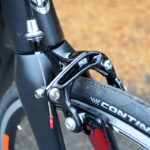Have you ever experienced the fear of losing control of your bike because your brakes were not working properly? If so, you are not alone.
Bike brakes are one of the most essential components of your bicycle, and they need regular care and attention to ensure your safety and performance. In this blog post, you will learn how to fix bike brakes in easy steps and how to avoid common problems and mistakes that can damage your brake system.
Whether you have disc brakes, rim brakes, or hydraulic brakes, you will find useful tips and tricks to keep them in optimal condition. By the end of this post, you will be able to enjoy a smooth and confident ride with well-functioning bike brakes.
Common Brake Issues
One of the most annoying and frustrating problems that bike riders face is having common brake issues. These issues can affect your safety, performance, and enjoyment of cycling.
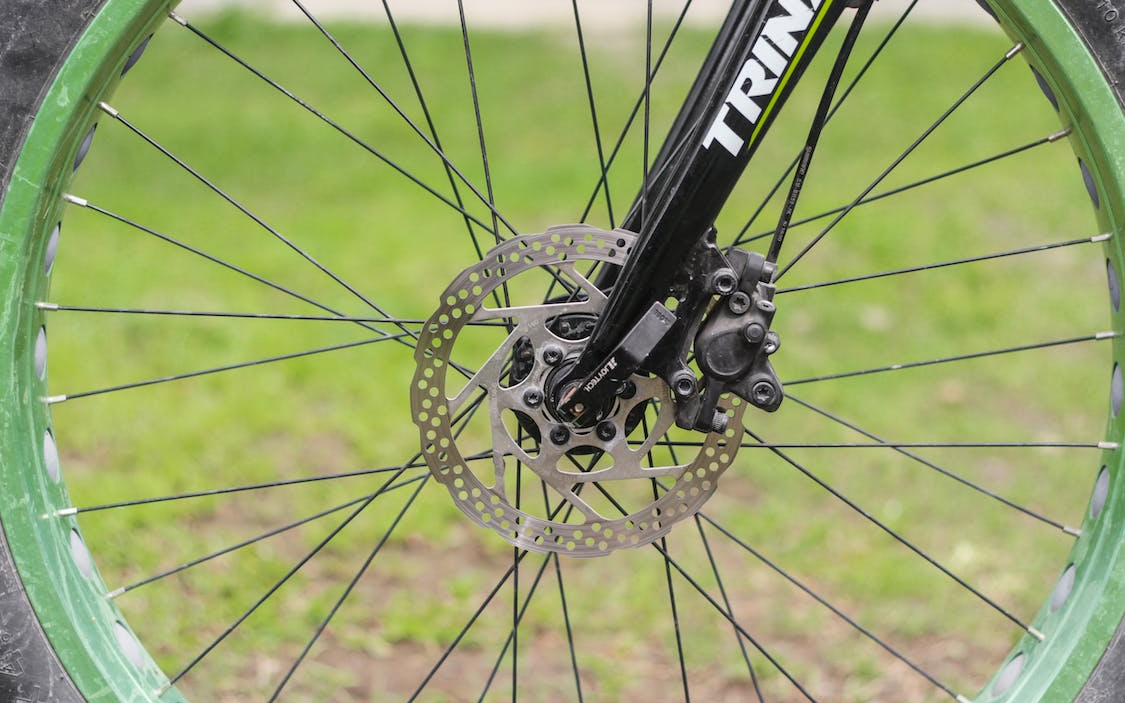
In this blog, we will cover three common brake issues: squeaky brakes, brake rubbing, and brake lever problems. We will also provide you with the causes, solutions, and step-by-step guides to fixing these issues.
By following these simple tips, you will be able to restore your bike brakes to their optimal condition and prevent further damage. Read on to learn more about how to fix common brake issues and improve your cycling experience.
Types of Bike Brakes
Some of the most common types are:
Caliper Brakes
These are the traditional brakes that use metal arms and rubber pads to squeeze the rim of the wheel. They are easy to install and adjust, but they can wear out the rim over time and lose effectiveness in wet or muddy conditions.
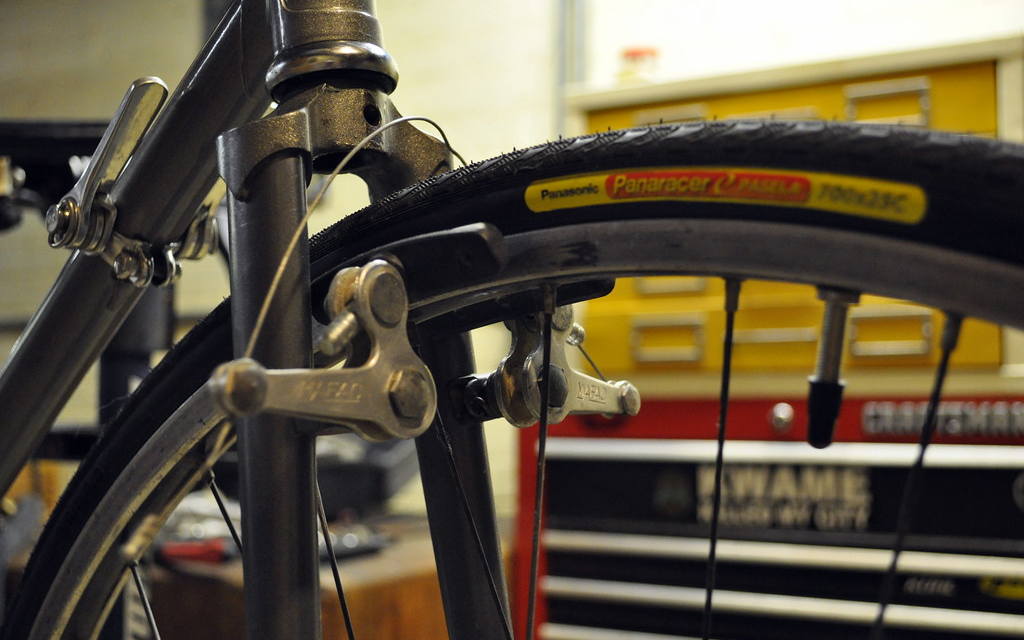
Disc Brakes
These are the modern brakes that use metal discs and hydraulic or mechanical systems to apply pressure. They are more powerful and reliable than caliper brakes, but they are also more expensive and heavier, and they require regular maintenance.
Coaster Brakes
These are the simple brakes that work by pedaling backward. They are usually found on kids bikes, cruisers, and single-speed bikes. While they are cheap and easy to use, they offer less control and can overheat on long descents.

Tools & Materials Required
If you want to fix bike brakes by yourself, you will need some basic tools and materials to get the job done. Depending on the type and condition of your bike brakes, you may need some or all of the following items:
- Wrenches
- Pliers
- Brake pads
- Screwdrivers
- Cables & Housing
- Lubricant or Grease
How to Fix Bike Brakes?
How to fix brakes on bike? One of the most important steps to fix bike brakes is to adjust them for optimal performance and safety. There are two main aspects of brake adjustment: cable tension and brake pad alignment.
Cable Tension
The cable tension determines how much force is applied to the brake pads when you squeeze the brake lever. If the cable tension is too loose, the brakes will feel spongy and ineffective. If the cable tension is too tight, the brakes will drag and wear out faster.
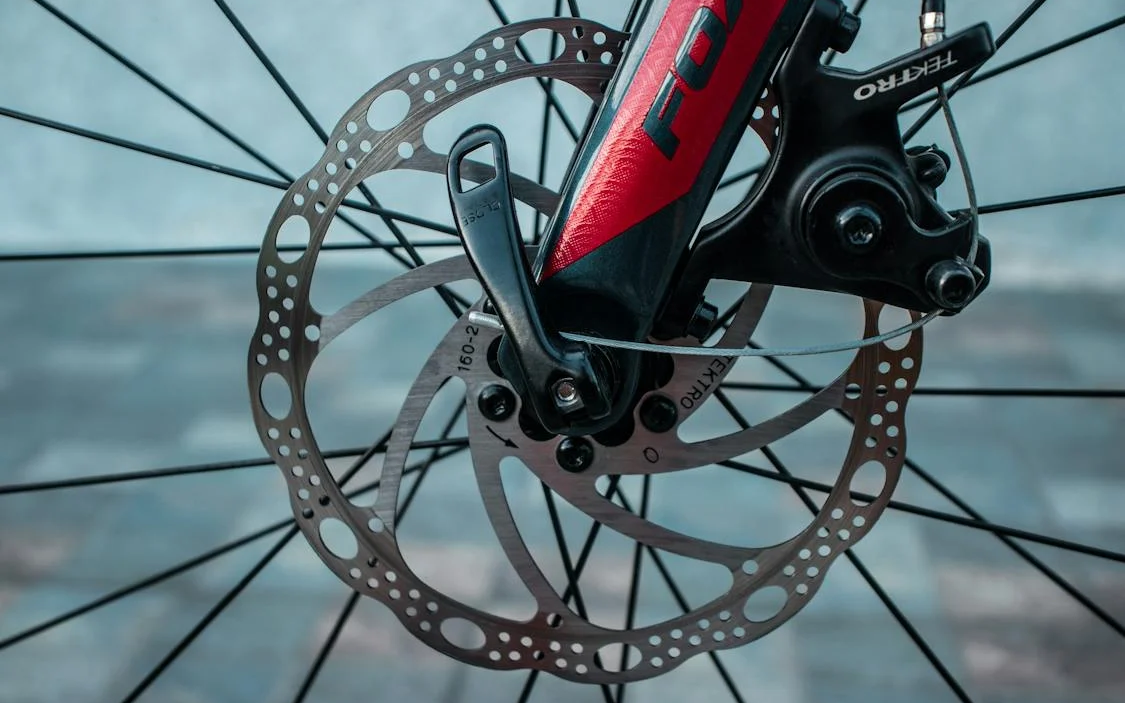
To adjust the cable tension, you need to use the barrel adjusters on the brake levers or the brake arms and turn them clockwise or counterclockwise until you find the right balance.
Brake Pad Alignment
The brake pad alignment affects how evenly and smoothly the brake pads contact the rim or the disc. If the brake pads are not aligned properly, they can cause noise, vibration, and uneven wear.
To align the brake pads, you need to loosen the bolts that hold the brake pads and then move them up or down, left or right. Do so until they are parallel and centered with the rim or the disc. You can also use a piece of paper or a business card to create a small gap between the brake pads and the rim or the disc.
How to Change Brake Pads?
Brake pads help slow down and stop your vehicle by creating friction with the brake rotors. Over time, brake pads can wear out or get damaged, which can affect your braking performance and safety.
Therefore, it is important to change your brake pads regularly or whenever you notice signs of wear, such as squeaking, grinding, or reduced braking power.
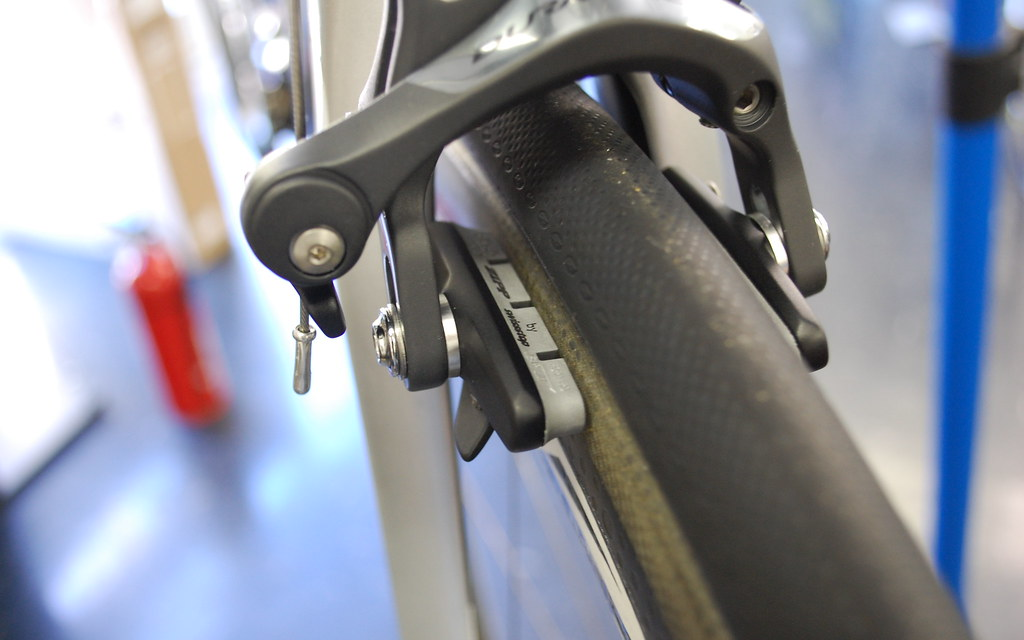
To change your brake pads, you will need some basic tools and a jack to lift your car. The steps may vary depending on the type of brake you have, such as disc or drum brakes.
Following is the process:
- Loosen the lug nuts on the wheel and jack up the car. Remove the wheel and locate the brake caliper, which holds the brake pads.
- Remove the bolts or pins that secure the caliper and slide it off the rotor. Be careful not to damage the brake hose or the caliper piston.
- Remove the old brake pads from the caliper and inspect the rotor for any damage or cracks. If needed, replace or resurface the rotor.
- Install the new brake pads into the caliper and apply some anti-squeal lubricant on the back of the pads. Reattach the caliper to the rotor and tighten the bolts or pins.
- Repeat the process for the other wheels and lower the car. Pump the brake pedal several times to adjust the brake pads and test the brakes before driving.
How to Lubricate Brake Cables and Levers?
Brake cables and levers transmit the force from your fingers to the brake pads, which stop the wheels. However, brake cables and levers can get rusty or sticky over time, which can reduce your braking efficiency and safety. Therefore, it is advisable to lubricate them regularly or whenever you notice signs of corrosion or friction.

How to fix squeaky bike brakes? To lubricate your brake cables and levers, you will need some basic tools and a suitable lubricant, such as silicone spray or bike oil. The steps may vary depending on the type of brake you have, such as rim or disc brakes.
The following are the steps:
- Loosen the cable adjusters on the brake levers and release the brake cables from the brake arms. Remove the cable housings from the frame and slide them off the cables.
- Clean the cables and housings with a rag and inspect them for any damage or wear. If needed, replace them with new ones.
- Apply some lubricant to the cables and housings, and slide them back on. Reattach the housings to the frame and the cables to the brake arms. Adjust the cable tension and test the brakes before riding.
- Spray some lubricant on the pivot points of the brake levers and wipe off any excess. Move the levers several times to distribute the lubricant evenly.
Troubleshooting
Fixing bike brakes can be a simple task if you know what to do. However, sometimes you may encounter some problems that require more attention or expertise.
Here are some common issues and how to solve them:
- Pads are worn out or misaligned: Replace the brake pads with new ones and adjust them so that they contact the rim or disc evenly and firmly.

- Cable is loose or frayed: Tighten the cable adjuster on the brake lever or replace the cable with a new one.
- Lever is hard to squeeze or does not return: Lubricate the pivot points of the brake lever and the cable housings or replace them if they are damaged.
- Brake noise or vibration: Clean the rim or disc with alcohol and sandpaper or replace them if they are warped or cracked.
- Brake fluid is low or contaminated: Bleed the brake system and refill it with fresh brake fluid.
If you are not confident or comfortable with fixing your bike brakes, you should seek professional help from a bike mechanic or a bike shop. They can diagnose and repair your brakes more efficiently and safely.
Conclusion
Fixing bike brakes is not a difficult task if you follow the right steps and use the proper tools. By doing so, you can ensure your bike’s braking system is working effectively and safely. Save your money and time by avoiding unnecessary repairs or replacements.
Whether you have rim or disc brakes, you should always check your brake pads, cables, levers, and rotors for any signs of wear or damage. You should also lubricate them regularly to prevent rust and friction.
If you have any questions or feedback on how to fix bike brakes, feel free to leave a comment below.
FAQs
Your brake cables may be stuck, loose, or broken. You need to lubricate, tighten, or replace them.
Loosen the brake caliper bolts, center the wheel, and retighten the bolts.
Depends on usage. Typically 1-3 years. Regular maintenance prolongs lifespan.
Bike brakes are easy to fix if you have the right tools and knowledge. You can check, adjust, or replace the brake pads, cables, and calipers.



